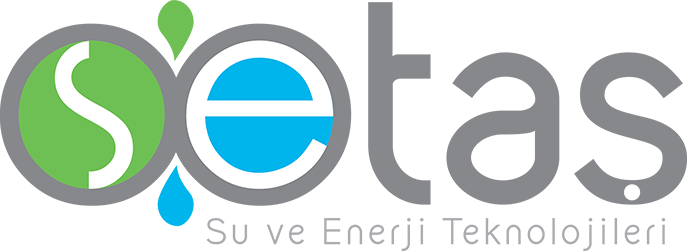Textile wastewater has a high pH value, high concentration of suspended solids, colour, chlorides, nitrates, metals like manganese, sodium, lead, copper, chromium, iron, and high BOD and COD value. The textile industry is very water intensive. Water is used for cleaning the raw material and for many flushing steps during the whole production. Produced waste water has to be cleaned from, fat, oil, color and other chemicals, which are used during the several production steps. The cleaning process is depending on the kind of waste water (not every plant use the same way of production) and also on the amount of used water. The waste from textile industry generates from several process activities such as stenter (precision process), dyeing, printing (giving motif), Steamer (ripening colors) and Washing (re-washing). Also not all plants uses the same chemicals, especially companies with a special standard (environmental) try to keep water cleaned in all steps of production. So the concepts, to treat the water can differ from each other. Water treatment with different kind of pollutants, is large-scale, because of many cleaning and removing steps involved. For the treatment of textile industry wastewater, as Setaş, we design sustainable treatment technologies according to the needs of the process and the quality of the effluent.
Quality Product
We offer our customers quality products at international standards.
Customer Satisfaction
We design our work on customer satisfaction.
Eco-Friendly
Our company "Save water, protect the environment!" works with the principle.

